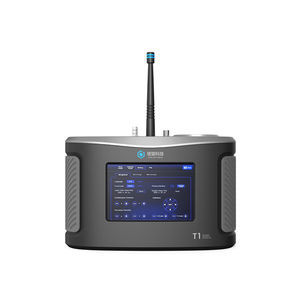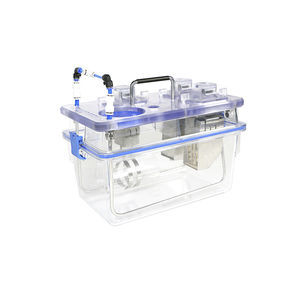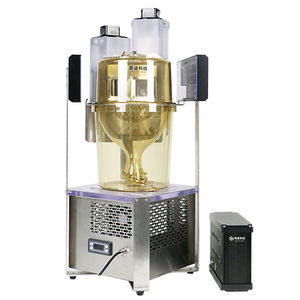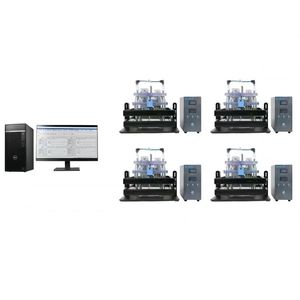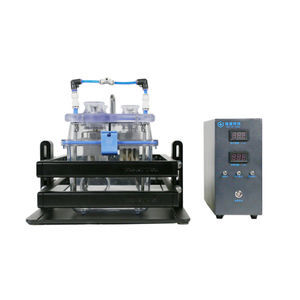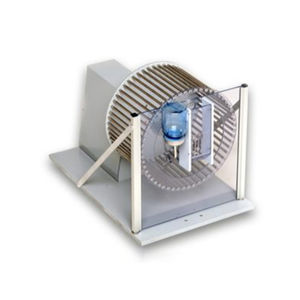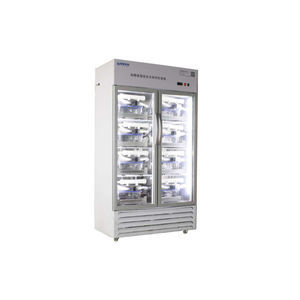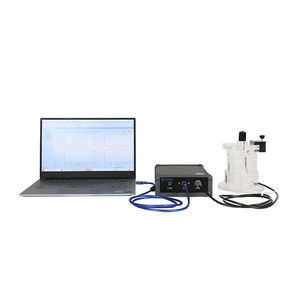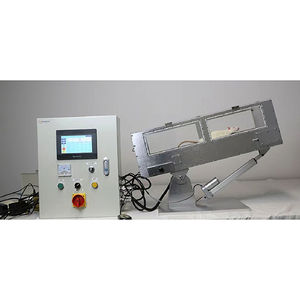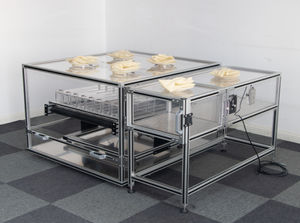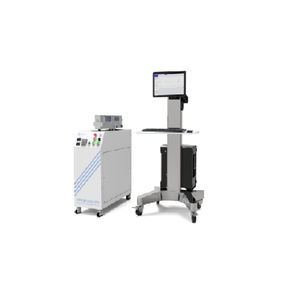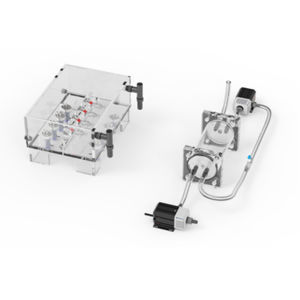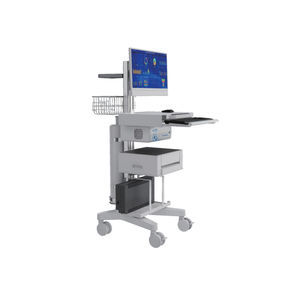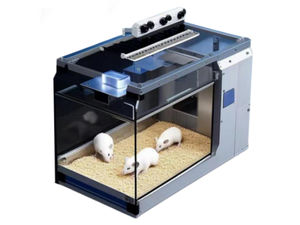
- Veterinary medicine
- Veterinary office
- Preclinical research metabolic cage
- Shanghai TOW Intelligent Technology
- Company
- Products
- Catalogs
- News & Trends
- Exhibitions
Pharmacology metabolic cage for preclinical researchfor dogsfor primates
Add to favorites
Compare this product
Characteristics
- Applications
- for preclinical research, pharmacology
- Animal type
- for dogs, for primates
- Configuration
- modular
- Accessories
- indirect calorimetry
Description
The animal energy metabolism system is an emerging independent discipline that is closely related to and intersects with biochemistry and animal nutrition. It is widely applied in various fields such as animal physiology, animal energy research, animal nutrition, animal growth, pharmacology, ecology, and feed.
The animal energy metabolism system is an emerging independent discipline that is closely related to and intersects with biochemistry and animal nutrition. It is widely applied in various fields such as animal physiology, animal energy research, animal nutrition, animal growth, pharmacology, ecology, and feed. In 1780, French scientists invented the guinea pig respiratory calorimeter, which, for the first time, measured the amount of heat and oxygen consumption produced in animals and the amount of carbon dioxide produced. In 1823, Dulong discovered the relationship between carbon production and oxygen consumption and proposed respiratory entropy, the theoretical basis of indirect calorimetry.
Principles and Methods of Animal Energy Metabolism Testing
Several commonly used methods internationally measure the heat and various net energies animals generate, including direct calorimetry, indirect calorimetry, and isotope calibration. Direct calorimetry has high environmental and equipment requirements, and most research now uses indirect calorimetry.
Direct Calorimetry Method
The direct calorimeter is mainly used to measure the amount of heat emitted from the body to the outside of an animal directly. Under normal physiological conditions, animals can adjust the amount of heat emitted outside the body to maintain a constant body temperature.
Catalogs
No catalogs are available for this product.
See all of Shanghai TOW Intelligent Technology‘s catalogsOther Shanghai TOW Intelligent Technology products
Metabolic Measurement
Related Searches
- Patient monitor
- SpO2 monitor
- ECG patient monitor
- Fingertip pulse oximeter
- Pulse oximetry patient monitor
- Critical care patient monitor
- NIBP patient monitor
- Portable patient monitor
- Temperature patient monitor
- Compact patient monitor
- Veterinary cage
- Modular veterinary cage
- Clinical patient monitor
- Breathing patient monitor
- Capnography patient monitor
- Pulse rate patient monitor
- Patient monitor with touchscreen
- End-tidal CO2 patient monitor
- Hand-held SpO2 monitor
- Pulse oximeter with separate sensor
*Prices are pre-tax. They exclude delivery charges and customs duties and do not include additional charges for installation or activation options. Prices are indicative only and may vary by country, with changes to the cost of raw materials and exchange rates.


